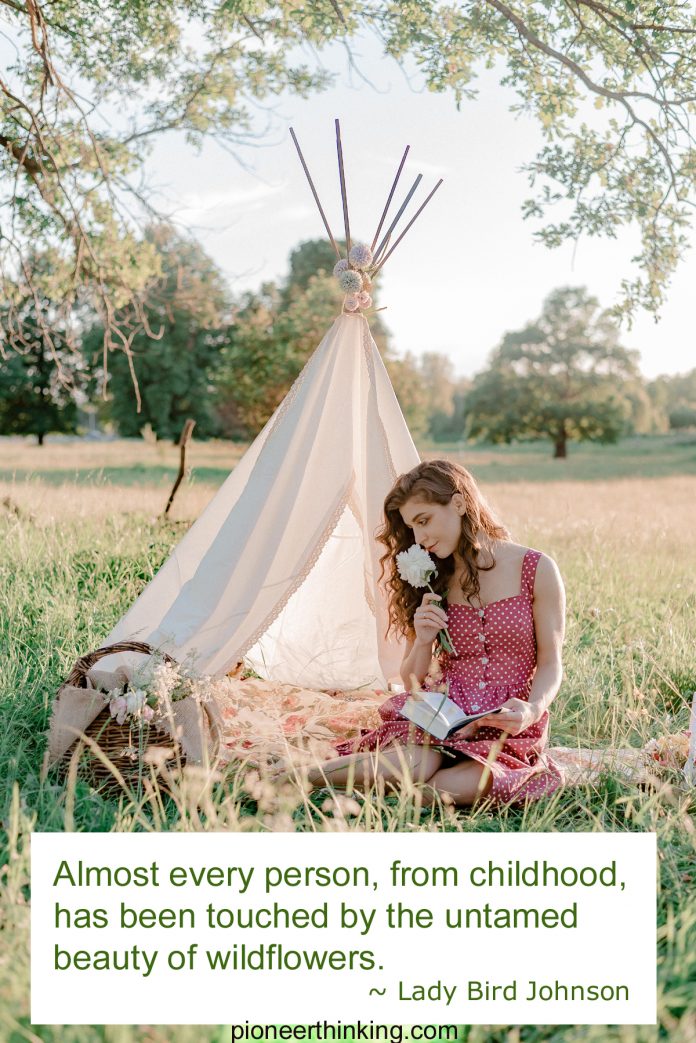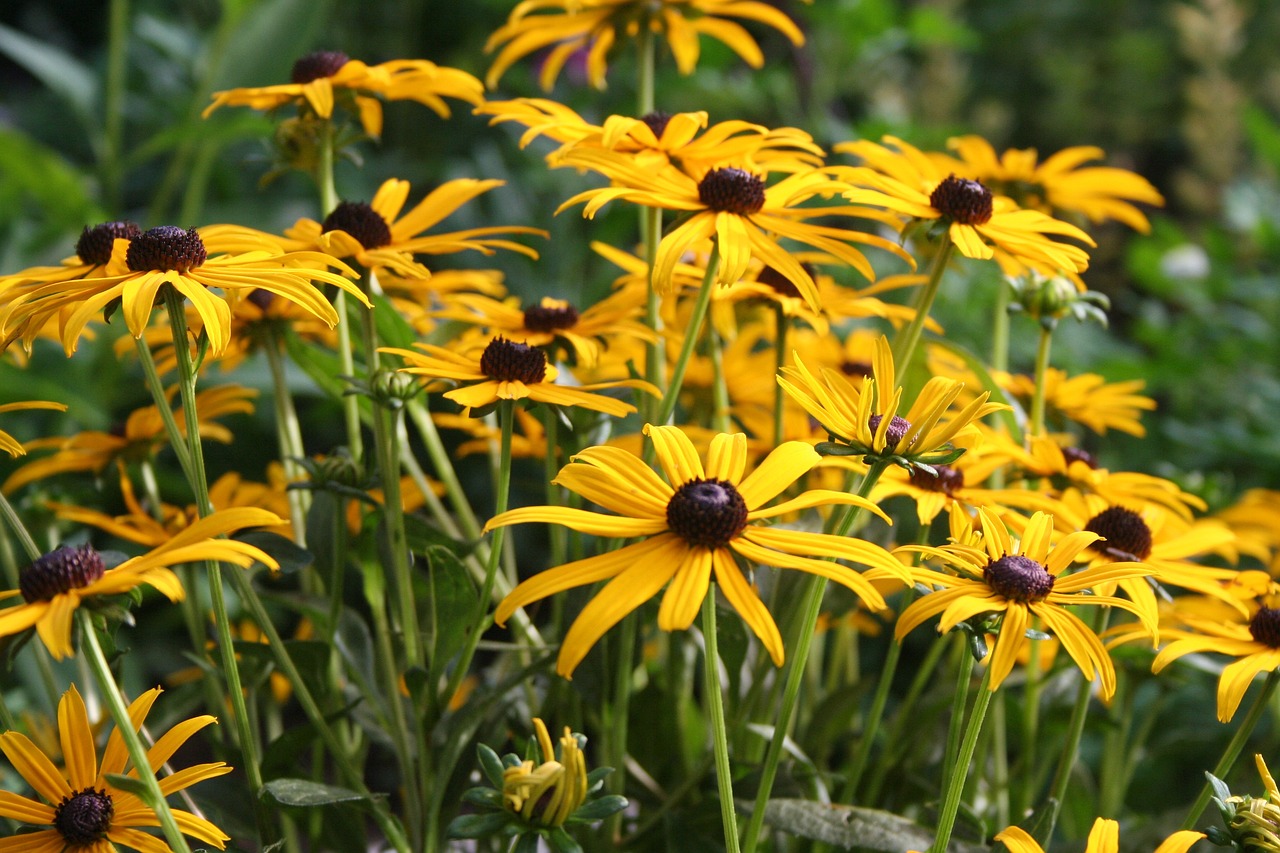Wildflowers have been around for millions of years, with the first signs of flowering plants appearing over 130 million years ago. From meadows to mountainsides, they have thrived in every corner of the world. The ancient Greeks and Romans considered them a symbol of beauty, love, and purity. Native Americans used them for medicine, food, and dye. In the 1800s, the Victorian era popularized the cultivation of wildflowers for ornamental purposes. Today, wildflowers continue to be celebrated for their natural beauty, ecological benefits, and cultural significance.
Benefits of Growing Wildflowers
One of the top benefits of growing wildflowers is their ability to attract pollinators such as bees, butterflies, and birds. These creatures play a critical role in plant reproduction and biodiversity. With fewer natural habitats left for wildlife, planting wildflowers can create a welcoming oasis for them. Another advantage of wildflowers is that they require minimal maintenance since they are adapted to their local environment. This means no need for fertilizers, pesticides, or mowing. Plus, their deep roots help prevent soil erosion and improve water quality. An added bonus is that frogs and other beneficial insects thrive in fields of wildflowers, making them natural pest control.
Wildflower Types
There are countless varieties of wildflowers, each with unique colors, shapes, and growing habits. Some of the most common types include:
– Black-eyed Susan: A yellow daisy-like flower that blooms in late summer and early fall.
– Coneflower: A native perennial with prominent spiky centers surrounded by petals in shades of purple, pink, or white.
– Lupine: A tall, showy flower arranged in colorful spikes. Often found in meadows and open woodlands.
– Phlox: A vibrant, fragrant plant in shades of pink, purple, or white. Perfect for borders or rock gardens.
– Sunflower: A cheery, bright yellow flower that follows the sun throughout the day.
Birds, Bees, and Butterflies Love Wildflowers
The nectar, pollen, and shelter provided by wildflowers make them an attractive habitat for pollinators, birds, and butterflies. Bees are particularly drawn to blue, purple, and yellow flowers. Butterflies prefer brightly colored blossoms such as those in the daisy family. Hummingbirds go for tubular shapes like bee balm or delphinium. Adding a variety of wildflowers to your garden can help support these vital creatures while also beautifying your space.

Wildflower Potpourri Recipe
Create a lovely fragrance for your home by making wildflower potpourri. Gather dried flowers and petals of your choice, such as lavender, rose petals, black eye Susan petals, and chamomile. Add cinnamon sticks, cloves, and orange peel for added scent. Mix ingredients in a bowl, then pour into a decorative jar or sachet.
Tisane Recipe Using Wildflowers
Enjoy a soothing cup of tisane made from wildflowers. Bring water to a boil, then add chamomile, lavender, and rose petals. Steep for 5-10 minutes, strain, and serve. For a sweeter taste, add honey or sugar.
Preserving The Natural Environment
By planting wildflowers, you can help preserve the natural environment for future generations. Not only do they provide a habitat for wildlife, but they also help combat climate change by absorbing carbon dioxide and producing oxygen. The deep roots of wildflowers prevent soil erosion and runoff, which can pollute rivers and lakes. In addition, since they are adapted to local conditions, they require less water and fertilizer, conserving resources.
Growing wildflowers is not only a way to beautify your surroundings, but it also provides an opportunity to contribute to the ecosystem. By attracting pollinators and wildlife, preventing soil erosion, and conserving resources, wildflowers offer many benefits. And in return, they offer us a natural spectacle that reminds us of the beauty of nature.
The Author:
Pioneerthinking.com – Ingredients for a Simple Life.
Photo. Spicetree687
